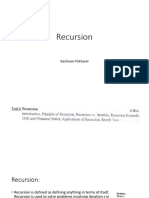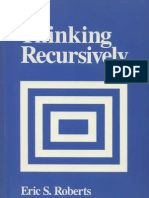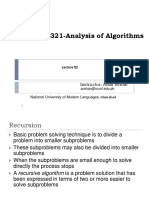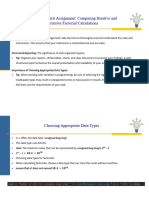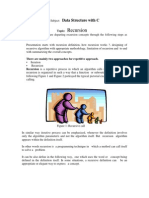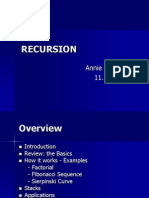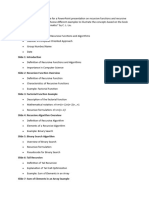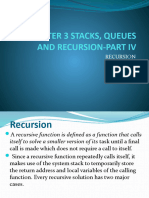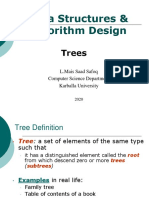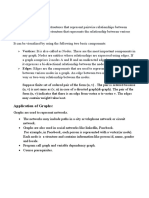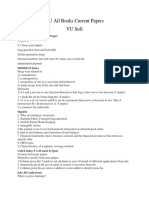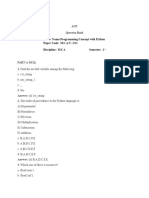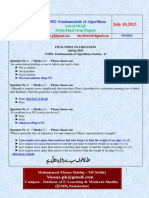0% found this document useful (0 votes)
7 views5 pagesRecursive Definitions
Recursive definitions are essential in discrete mathematics, defining sequences and structures through base cases and recursive steps. They are widely applicable in fields such as computer science, biology, economics, and linguistics, providing a framework for solving complex problems. While recursion offers clarity and powerful problem-solving capabilities, it also presents challenges like performance issues and stack limitations.
Uploaded by
incurableCopyright
© © All Rights Reserved
We take content rights seriously. If you suspect this is your content, claim it here.
Available Formats
Download as PDF, TXT or read online on Scribd
0% found this document useful (0 votes)
7 views5 pagesRecursive Definitions
Recursive definitions are essential in discrete mathematics, defining sequences and structures through base cases and recursive steps. They are widely applicable in fields such as computer science, biology, economics, and linguistics, providing a framework for solving complex problems. While recursion offers clarity and powerful problem-solving capabilities, it also presents challenges like performance issues and stack limitations.
Uploaded by
incurableCopyright
© © All Rights Reserved
We take content rights seriously. If you suspect this is your content, claim it here.
Available Formats
Download as PDF, TXT or read online on Scribd
/ 5












